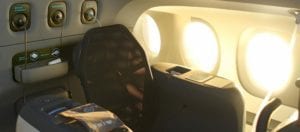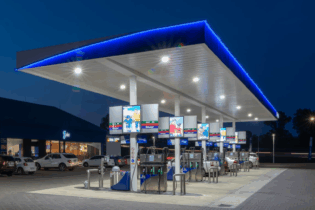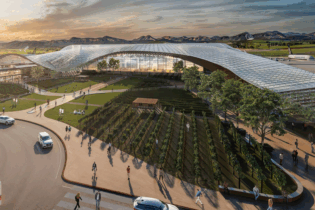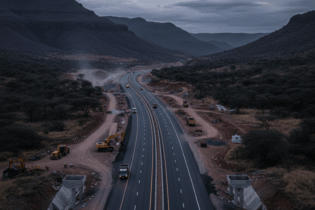 Russia’s Sukhoi Civil Aircraft Company hopes it has a sporting chance of attracting customers to a forthcoming variant of its Superjet SSJ100 airliner.
Russia’s Sukhoi Civil Aircraft Company hopes it has a sporting chance of attracting customers to a forthcoming variant of its Superjet SSJ100 airliner.
The SportJet, scheduled for certification in 2018, will target professional and amateur athletic teams’ charter flights that are an approximate US$600 million-per-year global market, according to the manufacturer.
How could South Africa’s recent Comrades2017 winner Bongmusa Mthembu benefit from this kind of aircraft?
The manufacturer has explained that SportJet’s goal is to minimise the downside of a long flight and enable exhausted athletes to rest and recuperate on their way to the next match or meeting, even when your competition isn’t the kind played out on turf.
According to Sukhoi, “Innovative medical and IT solutions” are the key to the aircraft, which has four zones – the main cabin, plus areas for recovery, coaching, and administrative functions.
“The natural enemies of a restful long flight include jet lag, dehydration, physical stress, and hypoxia. To combat jet lag, the single-aisle aircraft incorporates computerised adaptive lighting that can help get passengers’ circadian rhythm back in-sync with the destination’s time zone. This is a feature that’s starting to find its way onto business jets, too,” said Mark Phelps, Journalist, Business Jet news.
The SportJet will offer “Smart Chairs” that lie flat for sleeping. The seats will have fingertip-mounted bioimpedance sensors to monitor heart rate, blood-oxygen concentration, and hydration levels. The “Recovery/Medical-Biological Zone” incorporates a massage table and other recuperative equipment found in sports teams’ training rooms.
The zone also has a diagnostic capsule that displays each athlete’s physiological data, an electrocardiogram recorder, spirometer, hypoxic generator, blood-pressure monitor, pulse oximeter, and a dynamo-meter. Included on the aircraft will be a “smart” toilet that can flag dehydration.
Fighting the elements on airlines
The SportJet, as well as other privately operated jets prioritise comfort above profit, often at the cost of added weight to the aircraft.
“When it comes to dehydration, for example, an airliner’s cabin can be among the worst environments, because the humidity level is deliberately kept low in order to protect internal electronics and structural components from corrosion,” said Phelps.
“What makes the SportJet a better alternative for athletes is that its structure is well protected from corrosion, and incorporates active humidifiers that help prevent raw noses, dry mouths, and scratchy throats.
“As for the hazards of hypoxia, when all systems are working fine, the pressure in the cabin of many airliners—and the resulting paucity of oxygen—could still replicate the atmosphere at 10,000 feet, or higher. Low-grade hypoxia from hours spent under those conditions might not cause you to pass out, but it could give you a whale of a headache. And it certainly makes flying long distances more exhausting, even for those able to stay hydrated and lie flat to sleep.
“Unlike airliners, the SportJet would be designed to maintain a “sea-level cabin” at lofty altitudes, making high flight just as comfortable and restful as a day at the beach. That level of comfort—and healthfulness—is one of the tangible advantages of private air travel that many passengers aren’t even aware of,” concludes Phelps,
The SportJet’s innovative technologies could in future, give business jet outfitters some ideas to emulate.
 Russia’s Sukhoi Civil Aircraft Company hopes it has a sporting chance of attracting customers to a forthcoming variant of its Superjet SSJ100 airliner.
Russia’s Sukhoi Civil Aircraft Company hopes it has a sporting chance of attracting customers to a forthcoming variant of its Superjet SSJ100 airliner.







